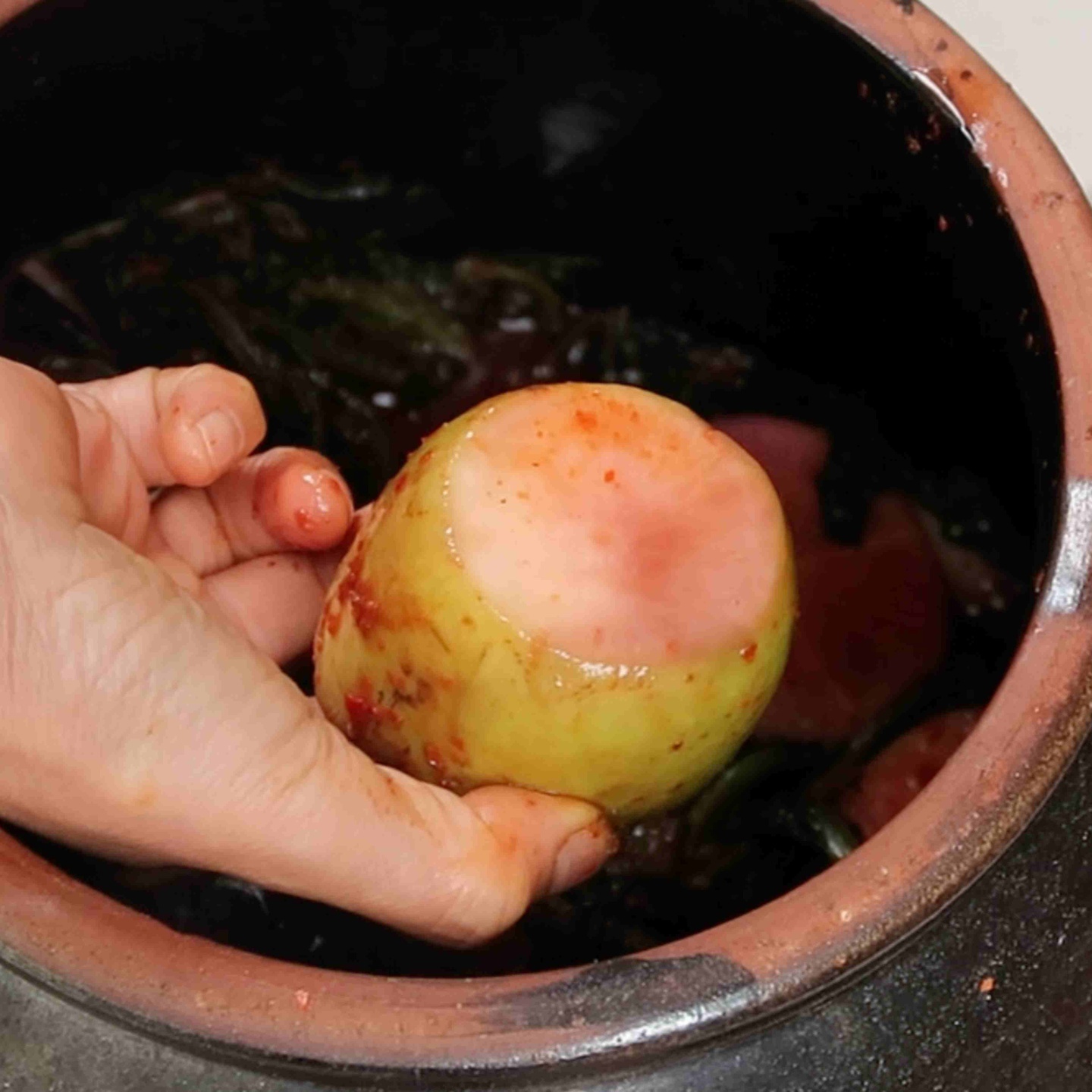You want a uniformly thick roll with no breaks that doesn’t fall apart. To achieve this, let’s break down the basic steps to rolling your Gimbap.
Rolling your Gimbap Roll:
- The first step is to use a bamboo rolling mat. You want to use a mat so that you can easily and evenly roll and tightly recure your Gimbap roll. Even the people who own Gimbap restaurants use a rolling mat. Once you have your mat, place the seaweed (김밥김) shiny side down onto the mat.
- The second step is to add the cooled rice to your seaweed. The rice that I am referring to is the rice that was cooked with less water, seasoned with salt, and finished with sesame oil. Use about ¾ cup of cooked rice per roll. Spread the rice wide and thin in an even layer, all the way to the edges of the seaweed. Do not spread the rice to the top of the seaweed, it should only go 2/3 of the way up the sheet of seaweed. If the rice is sticky add some water to the tips of your fingers to spread it easily. (Do not add too much water to your hands, just dip your finger tips and avoid touching the seaweed while doing this.)
- The third step is to place your ingredients on the bottom 1/3 section of rice. Try to pack the ingredients closely or slightly stack the ingredients.
- Now that your Gimbap is ready to be rolled, you need to add some of the liquid from the pickled radish onto the empty 1/3 top section of the seaweed. Use pickled radish liquid or water because it makes the roll stick together better and makes the Gimbap last longer. Do not use sesame oil. Sesame oil does not make the seaweed stick well.
- Finally, starting from the bottom (the section that has the ingredients), lift the mat over the ingredients and tuck the ingredients into the seaweed and rice. Then continue to roll the mat up to the empty section of seaweed where we added our liquid. Now gently squeeze the Gimbap roll to securely connect it. When you look at the Gimbap roll from the side the ingredients should be completely surrounded by a layer of rice.

